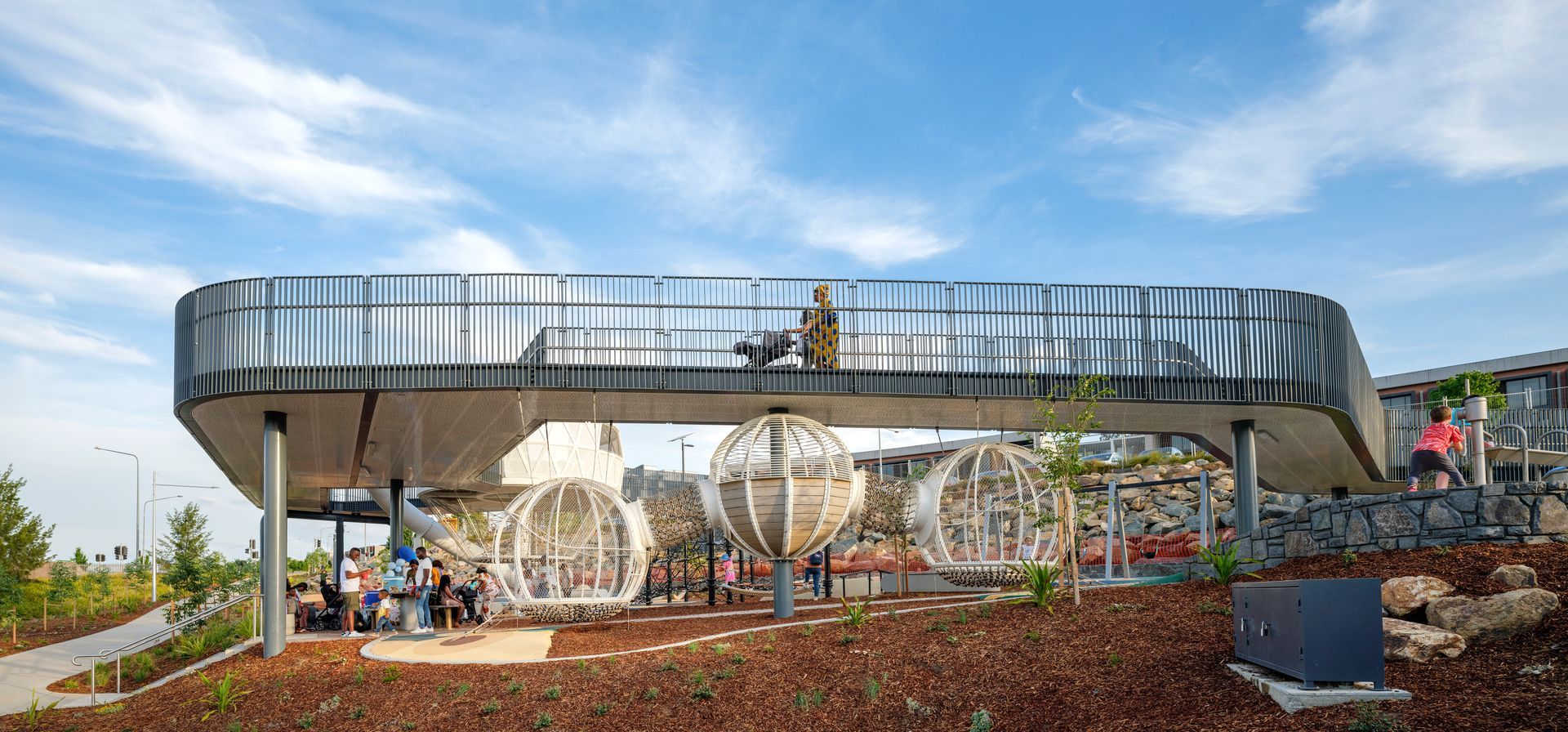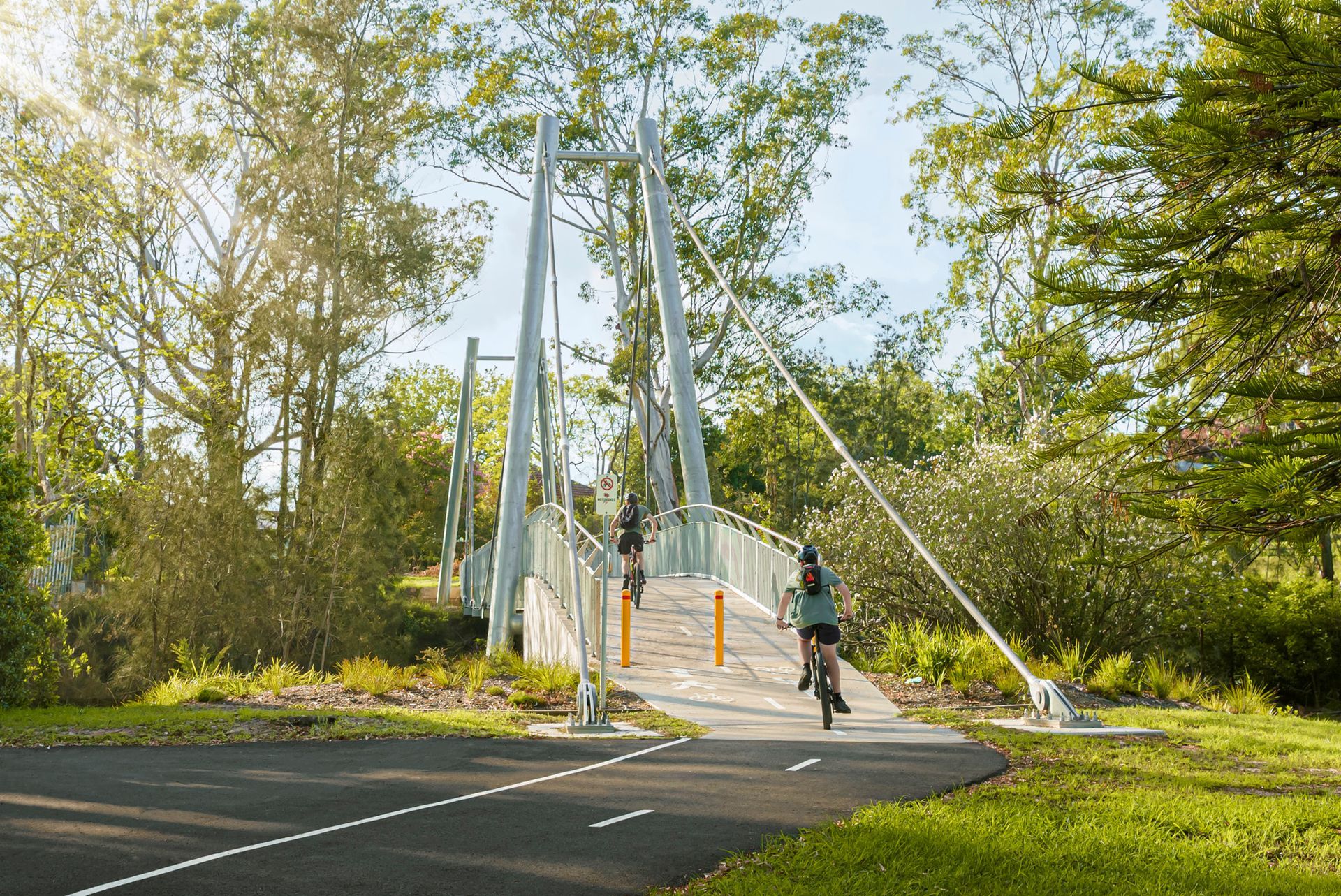Can your structure be delivered... safely?
In our previous
article, we explored the critical role of design in the creation of safe outdoor structures. But as
Fleetwood Urban Head of Delivery John Dahdah explains, even the safest of designs can still lead to unsafe outcomes if the ball gets dropped when work begins on site.
John, as a team leader at Fleetwood Urban and someone who’s worked in the construction industry for a long time, what does ‘project safety’ mean to you?
First and foremost, it means getting everyone home to their families at the end of the day. The nature of construction can be unpredictable and quite dynamic, but everyone deserves a safe environment to work in. That’s non-negotiable. It’s never about dollars either – money is no excuse for not doing something safely. We’re constantly looking at our policies and procedures to reduce safety risks to ourselves, our co-workers and, of course, the wider public. It’s about delivering a risk-free structure the community can enjoy safely for many years to come.
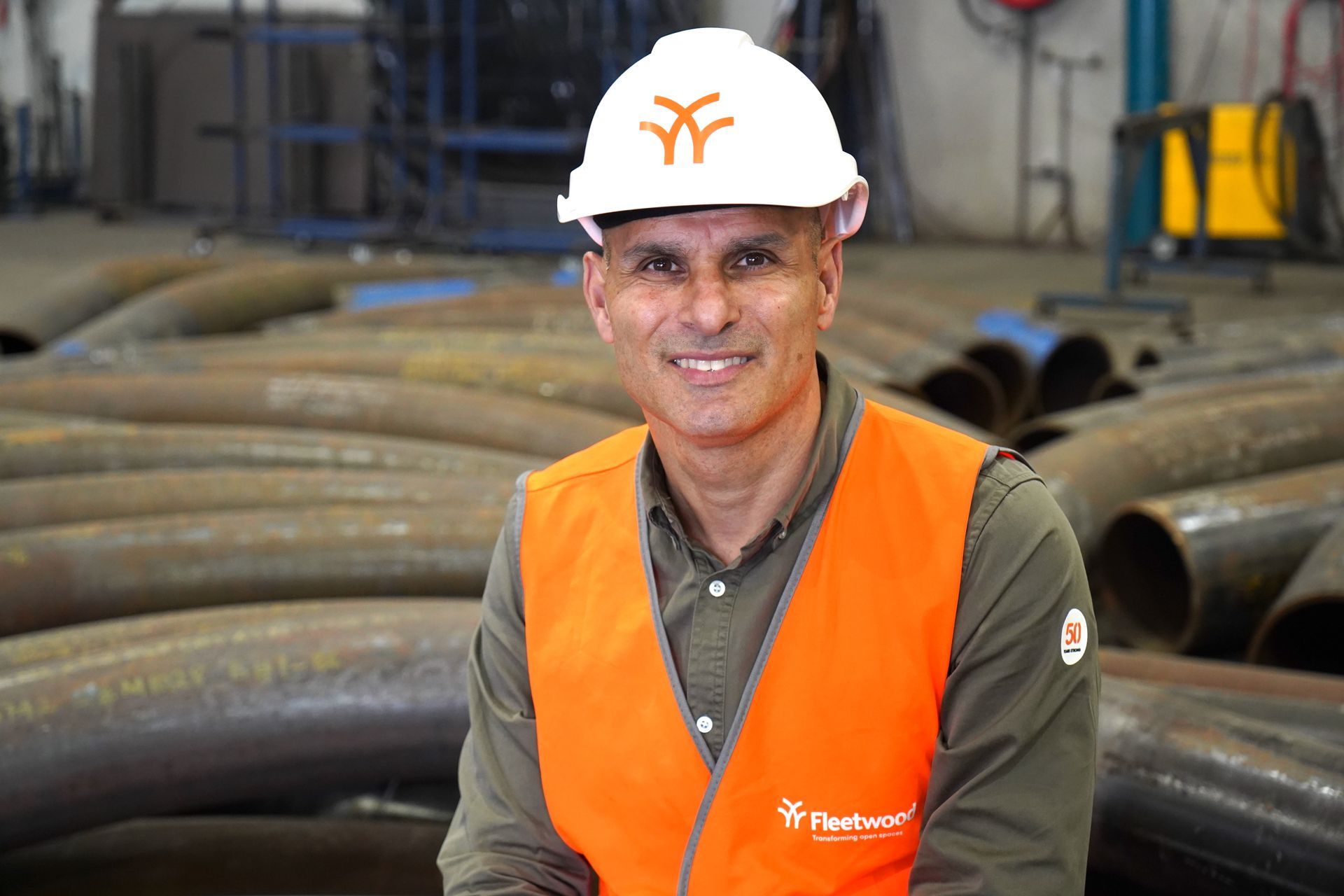
Has the industry’s approach to safety changed much during your career?
Yes, and that’s a good thing! Duty Of Care has a lot to do with that, primarily driven by the larger ‘Tier One’ construction businesses. Safety is a huge focus for them, and they bring a lot of learnings and analysis drawn over many years. They’ve experienced what happens when things don’t go right and it’s usually been the trigger to create new safety procedures that have been adopted industry-wide. Day-to-day, we’re certainly seeing more of those really detailed safety requirements to minimise and remove risks from our projects. Of course, ticking all those boxes can take longer, but there’s a really important reason for doing it.
What are some of the more common risks we experience in the delivery of projects?
Virtually every project has some level of risk. For us, working at heights is probably the most common ‘high risk’ safety issue. Working in and around live services can be another. Whenever you identify a high risk on a project, there are certain procedures to mitigate and reduce the dangers. In a perfect world, the design stage is always the best place to do that. The thinking is to eliminate, then substitute or engineer the risk. You try to exhaust all these things before you get to the last resort which, in the case of heights, is where you have to build a scaffold or someone has to put on a harness.

The Fleetwood Urban delivery model features a lot of preassembly work. Are there safety advantages in doing that?
Absolutely. Our preferred option is always to do as much as we can on the ground, well before a structure gets lifted into position. We try to work off-site too. This allows our team to preassemble a structure in a controlled environment, which is almost always safer – not to mention faster and more cost effective. It means you don’t need elevated platforms and scissor lifts. You don’t have overhead risks. You don’t have other trade risks. You don’t have cranes and heavy equipment moving around you. You don’t have weather issues. You don’t have risk to the general public.
What role does pre-construction have in mitigating delivery risks?
It has a big role to play – and it’s become even bigger now we have a dedicated pre-construction team at Fleetwood Urban. Safety is all about asking the right questions, ideally long before you begin manufacturing or installation. Working with our pre-construction team, we effectively conduct a full risk assessment on every project. Together, we look at all the risks factors surrounding the site and structure from start to finish. It’s all about identifying these as early as possible and pre-construction is perfect time to do it.
A great example is transportation. It’s so important the components can be disassembled and assembled to be able to fit in our facility, out the door and on a truck. There are all kinds of restrictions about wide and escorted loads, so there’s no point having a great design if you can’t get it safely to the site. That’s something our design team is very good at, creating structures in modular and manageable sections. It makes the delivery team’s job so much easier and safer.
What happens if risks aren’t identified early enough?
Whether it’s here at Fleetwood Urban or anywhere else, the delivery teams really do sit at the sharp edge of any project. Unfortunately, without enough forward planning – or when late curve balls get thrown – it means the projects risks inevitably get passed on through to the site crews at the eleventh hour. Not only can this make the delivery stages less safe, it can also be more expensive to address!

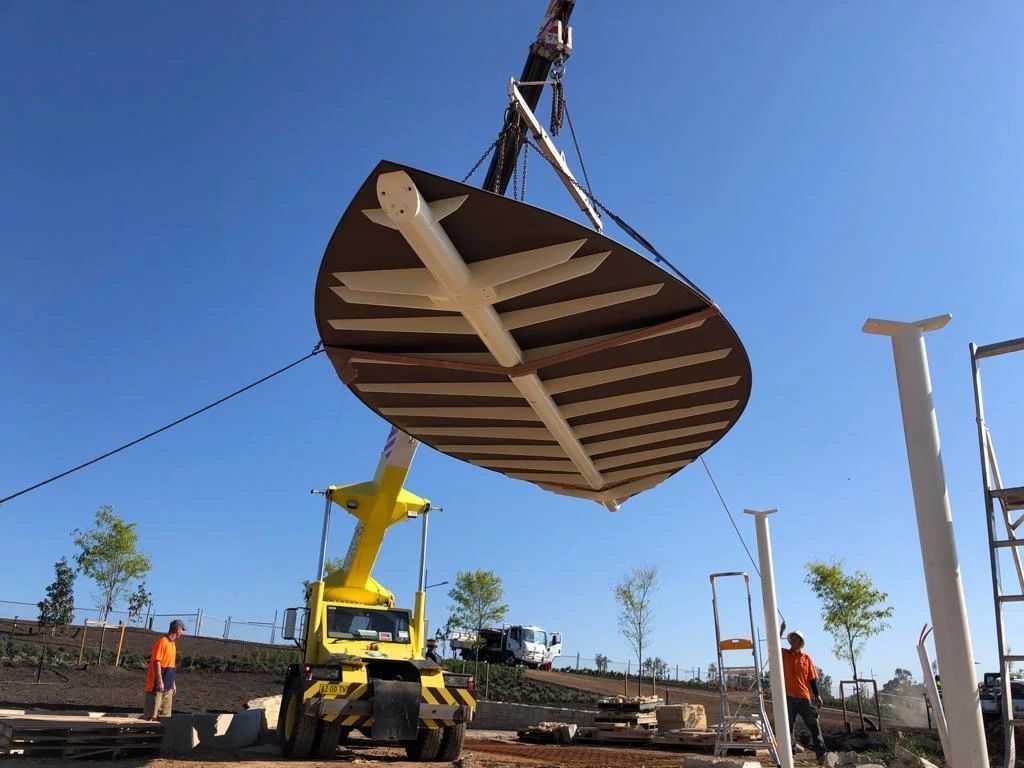
How important is it get ‘boots on the ground’ for site assessments?
It’s very important and, again, you want to get on site as early as possible with your key people. What is access like? What about the terrain? What do other contractors have to say? Are there any red flags, habitat sensitivities or other potential restrictions? We’re often planning months in advance too, so it’s essential to know what could be happening in the future. New roads? New development? Weather implications? What you’re looking at right now might seem perfect. But in six months it might be completely different!
We’ve recently gone through the process of having our various ISO certifications renewed. What does that mean in terms of safety?
Some people see ISO accreditation purely as a box ticking exercise. But in my view, it’s very useful. It provides a measurable framework for meeting all kinds of quality, environmental and safety standards. At Fleetwood Urban it means we have a fully documented system showing how we design and deliver projects for our clients. It also sets out auditing processes to make sure we’re actually doing it! On many projects nowadays, having ISO is a ‘must have’ even to be able to tender. But even when it isn’t mandatory, it gives everyone much clearer direction. This is how we do things. This is how we remove risks. This is how we stay safe.
Most of our clients have their own site safety requirements and methodologies. How do we accommodate those?
Everyone has their own way of doing things. Typically there’s a certain level of documentation we’ll need to provide before we set foot on site. But we definitely have those conversations right upfront to understand the site requirements so our team knows what’s expected, and also our subcontractors. The last thing we want is to arrive on site but not be able to get started because someone doesn’t have the right permit.
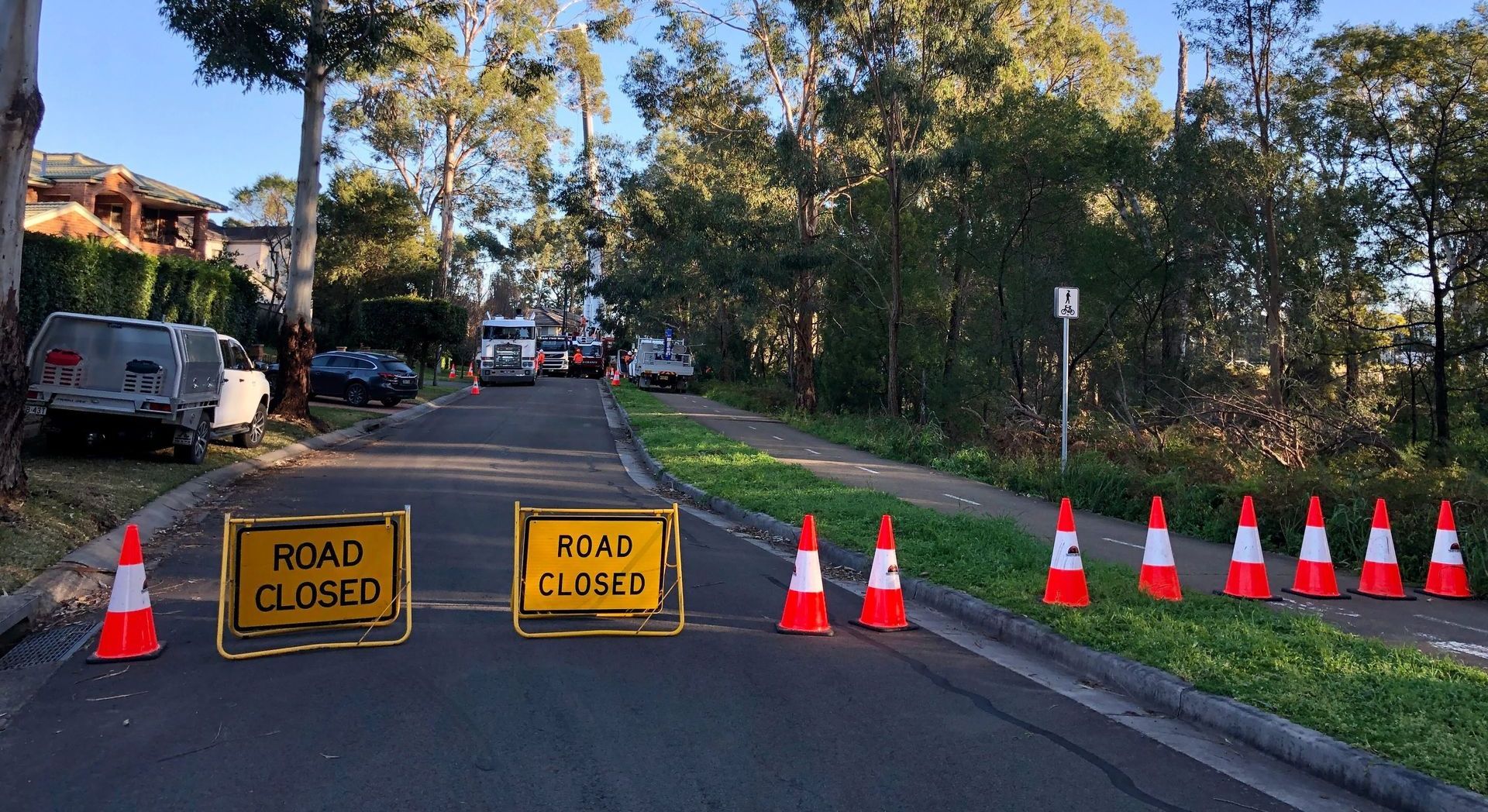
You mentioned earlier that safety should never be compromised due to budget. But on the flipside, you don’t want to be wasting money unnecessarily either?
Safety and cost management aren’t mutually exclusive. We’re always very conscious of both. I’d say a big part of the value Fleetwood Urban brings to projects is understanding the risks and proactively finding the most cost-effective ways to work around them without compromising on safety. For example, a contract might call for scaffolding all the way around a site. But if there’s a more efficient option, we’ll always bring that to the table.
Safety isn’t about blindly adding cost, it’s about being smart with it. The other thing I’d add is that if you’re not thinking far enough ahead, safety-based costs are likely to be a lot higher the longer you leave it. That emergency scissor lift won’t cost you $150/day, it will be $200/day. You can do anything at the last minute but you’re going to pay for it!
Just to finish up John, how would you rate Fleetwood Urban’s approach to safety compared to other places you’ve experienced?
Everyone talks about safety. But while plenty of businesses have policies, some do not follow them. Here at Fleetwood Urban we really do. For example, we use Dashpivot to record all of our toolbox talks, identified risks, site safety entries, progress photos and installation documentation right down to the way we fasten the bolts on a project. It’s all captured. We don’t have many incidents, but when something does happen on a project – be it an actual incident or a near miss – we always endeavour to record it so we can take measures to make sure it doesn’t happen again. We continually strive for safety improvements and that will never change. We want everyone to get home safely.
Get in touch.
We recognise that each project is unique and requires a tailored approach. Whether you're looking to build a bridge or boardwalk, shade or play structure, we are here to help.
Contact us today to explore the possibilities for your project. Our team of experts will collaborate with you to create a solution that can make your project vision into a reality!
More from Fleetwood Files.
Explore
Certifications
Environmental Management : ISO14001
Quality Management : ISO 9001
OHS Management : ISO 45001
All Rights Reserved | Fleetwood Urban | Privacy Policy


